Research Highlights
Research Highlights
A selection of highlights culled from publications by HAO staff.
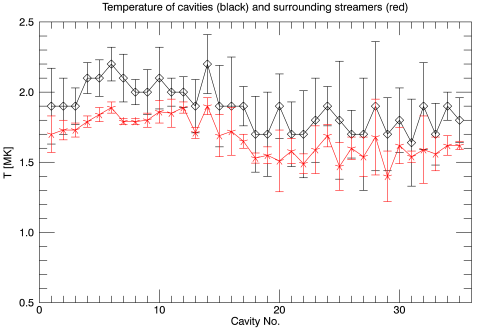
Thermal Properties of Coronal Cavities
We have analyzed 33 cavities observed between 2012 and 2018, from solar activity maximum to minimum. For each cavity we applied a differential emission measure method to obtain both a temperature distribution and a value of the average temperature.
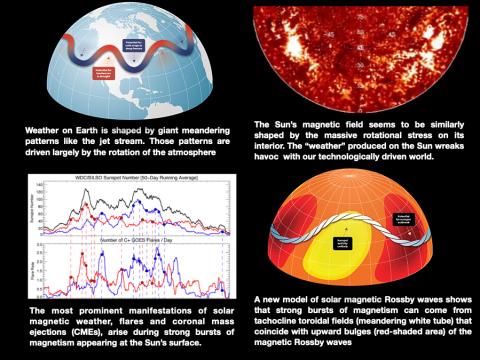
Space Weather Challenge & Forecasting Implications Of Rossby Waves
Rossby waves arise in thin layers within fluid regions of stars and planets. These global wave-like patterns occur due to the variation in Coriolis forces with latitude. In the past several years observational evidence has indicated that there are also Rossby waves in the Sun.
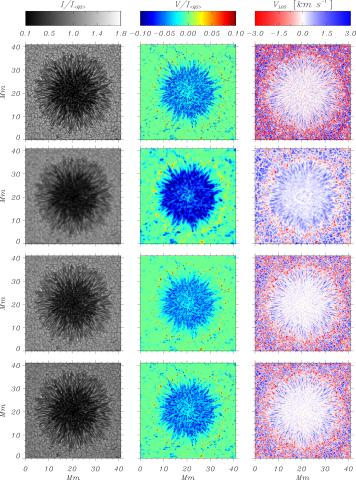
Opposite Polarity Magnetic Fields and Convective Downflows in a Simulated Sunspot Penumbra
Recent numerical simulations and observations of sunspots show a significant amount of opposite polarity magnetic fields within the sunspot penumbra. Most of the opposite polarity fields are associated with convective downflows.
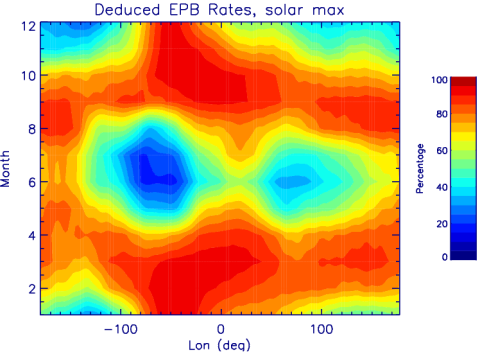
Day-to-day variability of pre-reversal enhancement in the vertical ion drift in response to large-scale forcing from the lower atmosphere
This work reveals the pathway through which the lower atmosphere impacts the ionosphere weather at mid and low latitudes. An interesting ionospheric phenomena at low to mid-latitudes is the development of the so-called equatorial plasma bubbles (EPBs)--the rapid depletion of plasma density during night time.
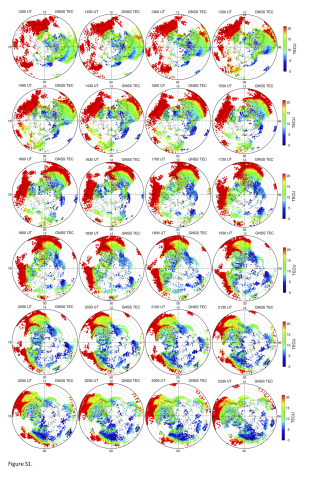
Large-scale ionospheric disturbances during the 17 March 2015 storm: A model-data comparative study
Storm-induced ionospheric density variations are a major concern of near-Earth space environment as they could drastically disrupt satellite navigation and telecommunication systems. Although ionospheric disturbances such as traveling ionospheric disturbances (TIDs) and storm enhanced density (SED) are commonly observed during geomagnetic storms, accurate specification of these phenomena remains a great challenge for geospace models.
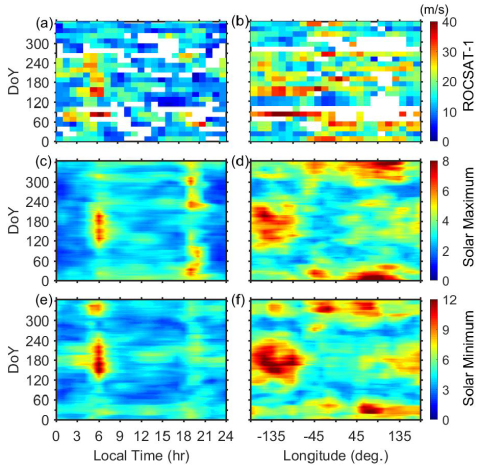
Quiet-time Day-to-day Variability of Equatorial Vertical E×B Drift from Atmosphere Perturbations at Dawn
The ionosphere is different from one day to the next, even under geomagnetic and solar quiet condition. The vertical E×B drift at the geomagnetic equator is a key parameter that influences the state of the ionosphere and atmosphere. In this paper, we study the quiet-time day-to-day variability of the equatorial vertical E×B drift by ROCSAT-1 observations and the Whole Atmosphere Community Climate Model with thermosphere and ionosphere eXtension (WACCM-X) v2.1 simulations.
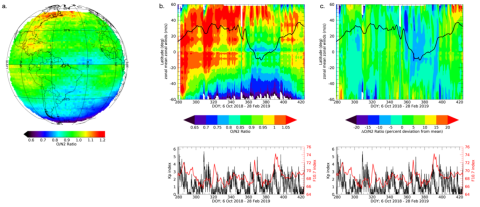
Thermospheric composition O/N2 response to an altered meridional mean circulation during Sudden Stratospheric Warmings observed by GOLD
GOLD measurements provide the first observational proof of model predictions that the break up of the stratospheric polar vortex changes the composition of the thermosphere.
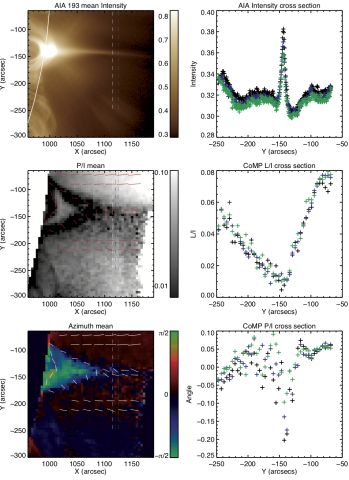
Spectropolarimetric Insight into Plasma-Sheet Dynamics of a Solar Flare
We examine spectropolarimetric data from the CoMP instrument, acquired during the evolution of the September 10th 2017 X8.2 solar flare on the western solar limb. CoMP captured linearly polarized light from two emission lines of Fe XIII at 1074.7 and 1079.8 nm, from 1.03 to 1.5 solar radii. We focus here on the hot plasma-sheet lying above the bright flare loops and beneath the ejected CME.
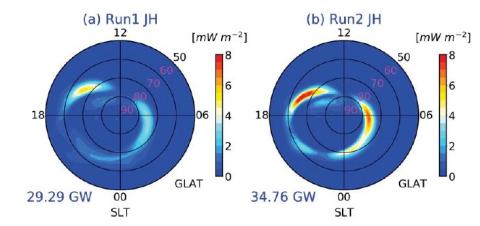
Impacts of binning methods on high-latitude electrodynamic forcing: static vs boundary oriented binning methods
The Earth’s atmosphere is coupled at high latitude to the magnetosphere. This is a crucial region since energy is put into the upper atmosphere of Earth and is redistributed globally. Numerical models such as general circulation models (GCMs) simulate the effects of the high latitude energy input on the thermosphere-ionosphere system.